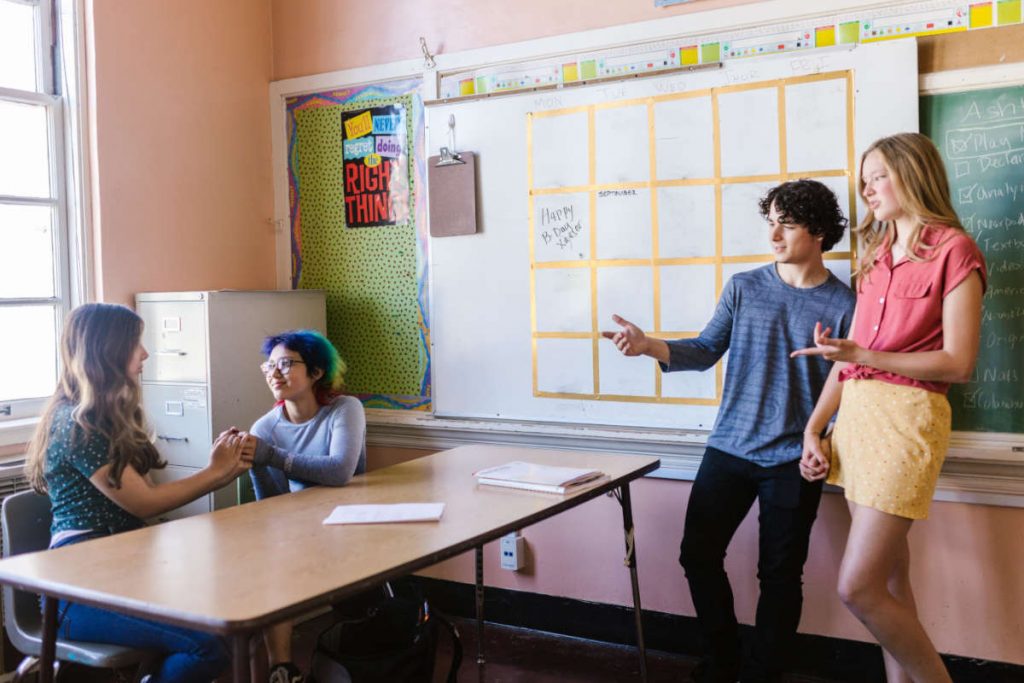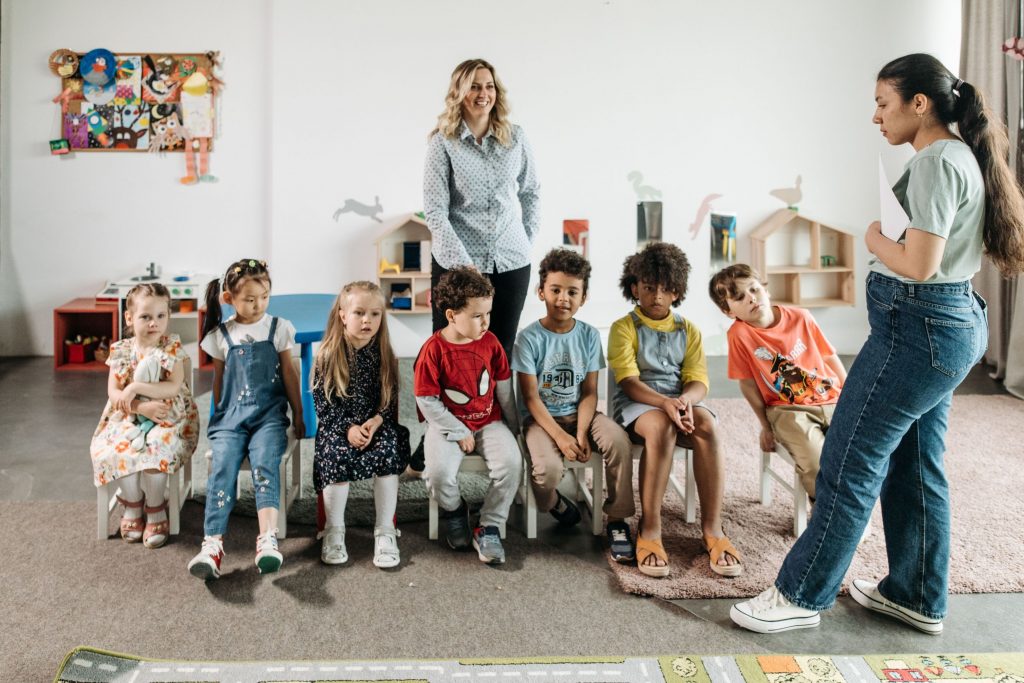What is Cultural Competence and why it matters

It is a well-established fact that classrooms all over the world have become increasingly diverse. Many countries have pushed for more inclusive educational spaces that welcome students from various walks of life, such as those from marginalised communities or minority groups. As a result, schools are filled with students that share different nationalities, ethnicities, languages, beliefs, and values. In order to properly manage this multicultural environment, educators must understand the importance of cultivating equity and diversity in education. It is why cultural competence has become an essential skill for all teachers in this day and age.
What Is Cultural Competence?
Before defining cultural competence, it is important to understand the definition of “culture.” Culture is composed of principles that influence the behaviours, traditions, beliefs, and values shared by a particular group of people. When a person possesses cultural competence, they are able to put their knowledge of other cultures into practice in various environments, like schools or businesses.
In the case of educators, possessing cultural competence means being able to teach students from different backgrounds effectively. It entails an acute understanding of how societal, socioeconomic, and ethnic factors can influence behaviour and thought processes of each pupil. An educator then integrates this cultural knowledge into their curriculum to fulfil the diverse needs of their students.
Equity: The Key Component of Cultural Competence
Cultural competence hinges on the concept of equity or equitable learning. While “equity” is often used interchangeably with “equality,” they have very different definitions. Equality requires that all students receive the same kind of treatment. For example, students are treated equally when they’re all given the same learning materials for English class.
Equity, on the other hand, means that students resources are based on their specific needs. This way, they’re all provided with equal opportunities for academic excellence. For example, if you have students whose primary language isn’t English, equity might entail giving them additional tutoring after class. Alternatively, you might provide them with learning materials that better suit their current proficiency level in the English language.
Cultural Competence as an Integral Part of Education
Student and educator performance can both be affected with a lack of cultural competence. Misunderstandings can arise when an educator fails to recognise, respect, and understand the differences between their lived experiences and those of their pupils. This is referred to as a “culture gap.” If left unaddressed, this gap can lead to the development of unconscious biases that affect the way an educator treats their students—and in turn, the way their pupils respond to them.
Remember, students can easily become disinterested in learning when they feel they are in a hostile environment that ostracises them. To be an effective teacher, you’ll need to pair content knowledge with heightened cultural awareness in your classroom. By developing cultural competence, you can accomplish the following:
Establish Positive and Sincere Connections with Your Students
No matter how knowledgeable you are in your field of expertise, you can’t effectively impart this knowledge without establishing a positive and sincere connection with each student. It means learning the cultural nuances that affect the way students think, feel, and interact with others. It might involve researching their special traditions, learning to pronounce their names correctly, and familiarising yourself with their cultural norms. When educators try to reach out and really understand their pupils, they can find more ways to create a welcoming and engaging learning environment. It will help them make a more meaningful impact in the lives of their students.
Eliminate Discrimination and Bullying within the Classroom
Fostering cultural competence within the classroom not only affects the way you interact with students, but also the way they interact with one another. Educators who practice empathy and respect set an example for their pupils. By cultivating an environment that celebrates the uniqueness of every student, teachers leave little room for discrimination or bullying under their supervision.
Instil Valuable Interpersonal Skills in Students
School is where many students learn how to socialise with people outside their family circle. A culturally competent educator can teach pupils how to collaborate with various individuals and view their differences as strengths. These are skills that will increase in value once students enter the workforce. By applying cultural awareness in your teaching, students can learn how to listen to varying perspectives and broaden their horizons. It will help them develop the problem-solving skills and creativity needed to become successful members of a global society.
Being an educator is a rewarding career but comes with many responsibilities. One such responsibility is ensuring students receive an equitable and culturally responsive education. By learning to be more sensitive about cultural differences within the classroom, you can improve the quality of your teaching and help your students grow as individuals.
To know more about championing and advocating cultural diversity in the workplace, Reach out to Carrie Benedet here.





